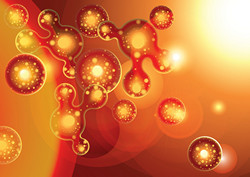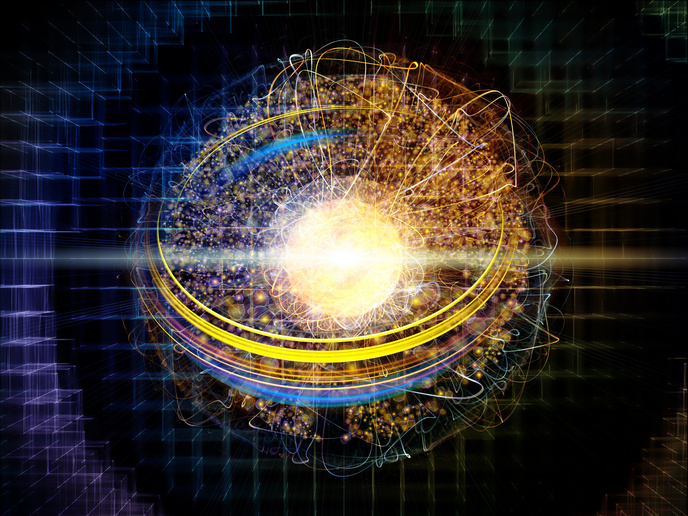Ultrafast dynamics in large molecules
At a timescale of attoseconds (quintillionths of a second), atom nuclei have no time to move. They are 'frozen' and considered as 'purely' electronic. Attosecond laser technology can track in real time coherent oscillation of bound electronic wave packets as well as the transfer or migration of charge carriers (electrons and holes). Within the EU-funded project ATTOTREND (Femto- and attosecond imaging of molecular multiple ionization: Time-resolved electron and nuclear dynamics using free electron lasers and ultra-short pulses), researchers focused on excitation processes that can lead to the break-up of simple molecules, like hydrogen and oxygen. The researchers explored the use of two identical extreme ultraviolet laser pulses to obtain an accurate picture of intrinsic electron dynamics with attosecond time resolution. Visualisation of direct and multi-photon ionisation processes was possible by varying the time delay between the two pulses. In addition, by employing attosecond ultraviolet light pulses that were tunable in the frequency domain, it was possible to switch the excited electronic state of neutral molecules. This possibility was used to control the excitation coherently through specific pathways. The observed richness and complexity of ultrafast dynamics, even in simple molecules of hydrogen and oxygen, is remarkable. Moreover, it presents intriguing possibilities for bridging the gap between attosecond physics and attosecond chemistry. The next step was to extend the developed methodology to the study of photo-ionisation of larger multi-electronic molecules, including methane and carbon tetrafluoride. Density functional theory was employed to describe all different effects observed in a unified theoretical framework. For most of the ATTOTREND project, attosecond studies probed rather simple molecules. However, the researchers also looked into more complex molecules. They tracked changes in the electronic structure of amino acid phenylalanine after the application of attosecond light pulses. The data collected offered the first experimental demonstration of the initiation of carrier migration in a complex molecule, where electron dynamics precede vibrational nuclear motion. Attosecond laser technology pushes the frontiers of biologically relevant molecule research. The ATTOTREND project has opened up new perspectives for the development of new technologies based on the control of electron currents on the scale of molecules.







